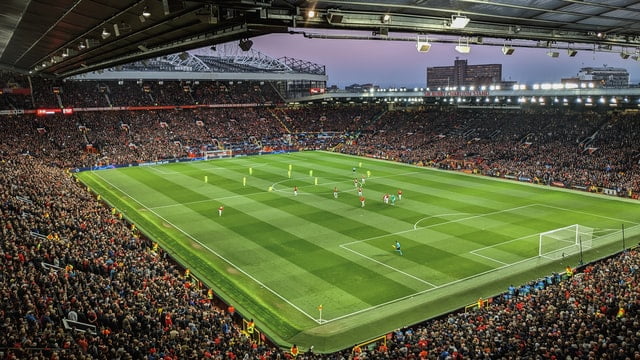Technology has changed a lot in the world of sport in recent years. High-speed video cameras and a myriad of sensors have been deployed to most major league stadiums to assist referees in officiating games. At the same time, the recording equipment used to capture footage from matches has been upgraded over and over again, allowing us to see even the tiniest of details on television.
The internet has also played a big role in reshaping sport. Sites like Twitter allow us to share our opinions during games and interact with athletes and teams when they’re away from the court or pitch. It’s also given us better access to wagering markets for all the most popular sports and leagues. For example, fans of basketball now have a choice of several NBA betting sites, each of which offers bonuses and promotions and a mobile app.
As all of this has been happening, some companies have been working to combine the improving camera technology with the internet to create new ways to watch games. But could these new streaming services, many of which are owned by the leagues themselves, actually replace traditional TV sports channels?
Television Revenue is the Lifeblood of Professional Sport
Major sports leagues make their money from a diversified set of income streams, including ticket sales, sponsorship, licensing deals, and merchandise sales. However, none are more important than the broadcasting rights deals that leagues strike with TV companies. In the UK, the Premier League generates around £4.8 billion ($6.5 billion) from domestic broadcasters in each three-year cycle, while the NFL agreed an 11-year deal in 2021 that’s valued at $113 billion.
On top of the direct TV cash, the value of the other income streams is significantly improved by the fact that television broadcasts bring in millions of viewers, increasing the value proposition for advertisers and boosting merchandise and ticket sales.
Why Upset the Apple Cart?
Given that so much money is generated by television, you’d think that sports leagues wouldn’t be keen on upsetting the apple cart by investing in streaming services. Yet, that is exactly what is happening.
In the US, all major sports leagues have their own Over The Top (OTT) platform, including NFL Game Pass and NBA TV. In the UK, the Premier League is also reportedly working on a “Premflix” service.
But actually, leagues have calculated that they can cut out the middleman, charge their customers less and still make more. For example, in the UK, Sky generates an average of £565 a year from each of its customers, not all of whom pay for sports. A Premier League streaming service could save fans around half this and still generate twice as much to split among the teams.
With numbers like that, it seems like it’s only a matter of time before all leagues have their own services and will replace the traditional TV model. After all, the technology is already there to make it happen.


